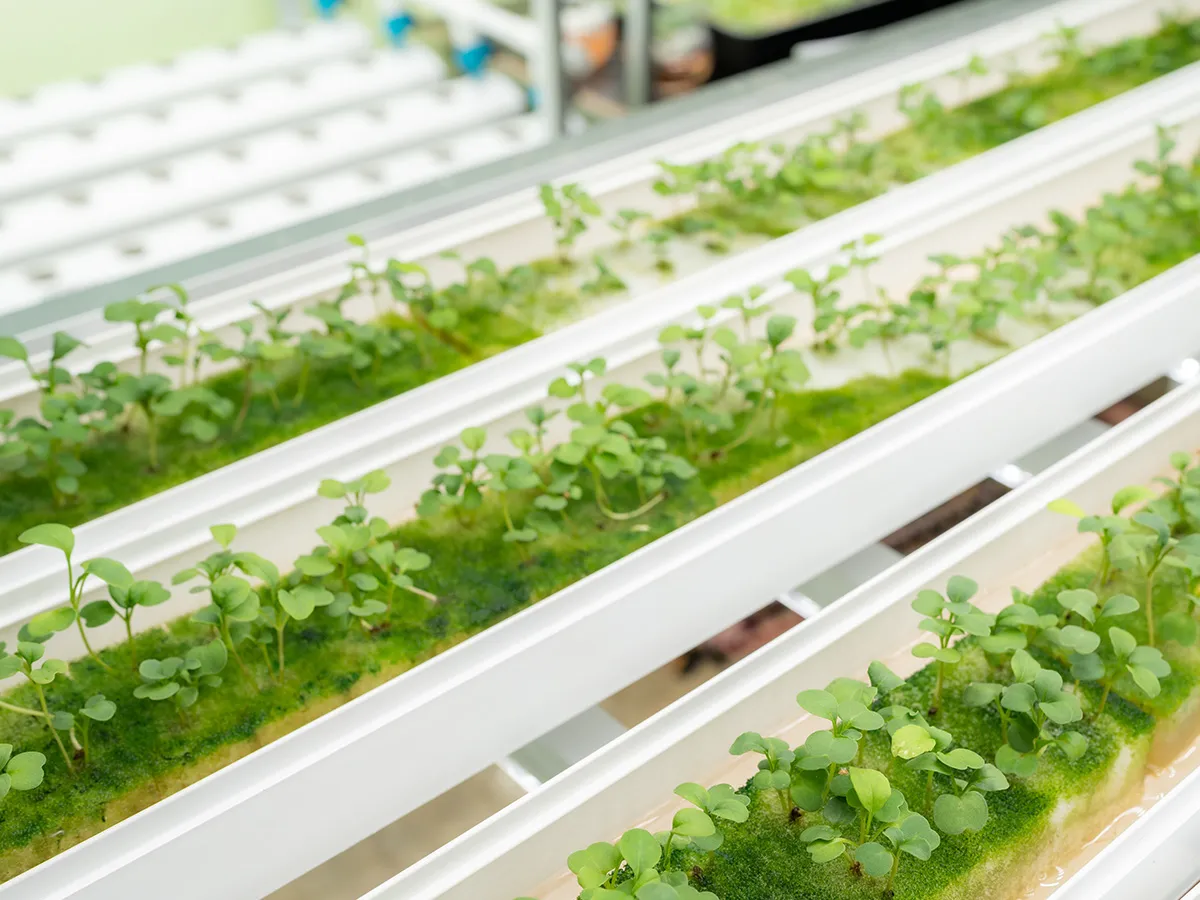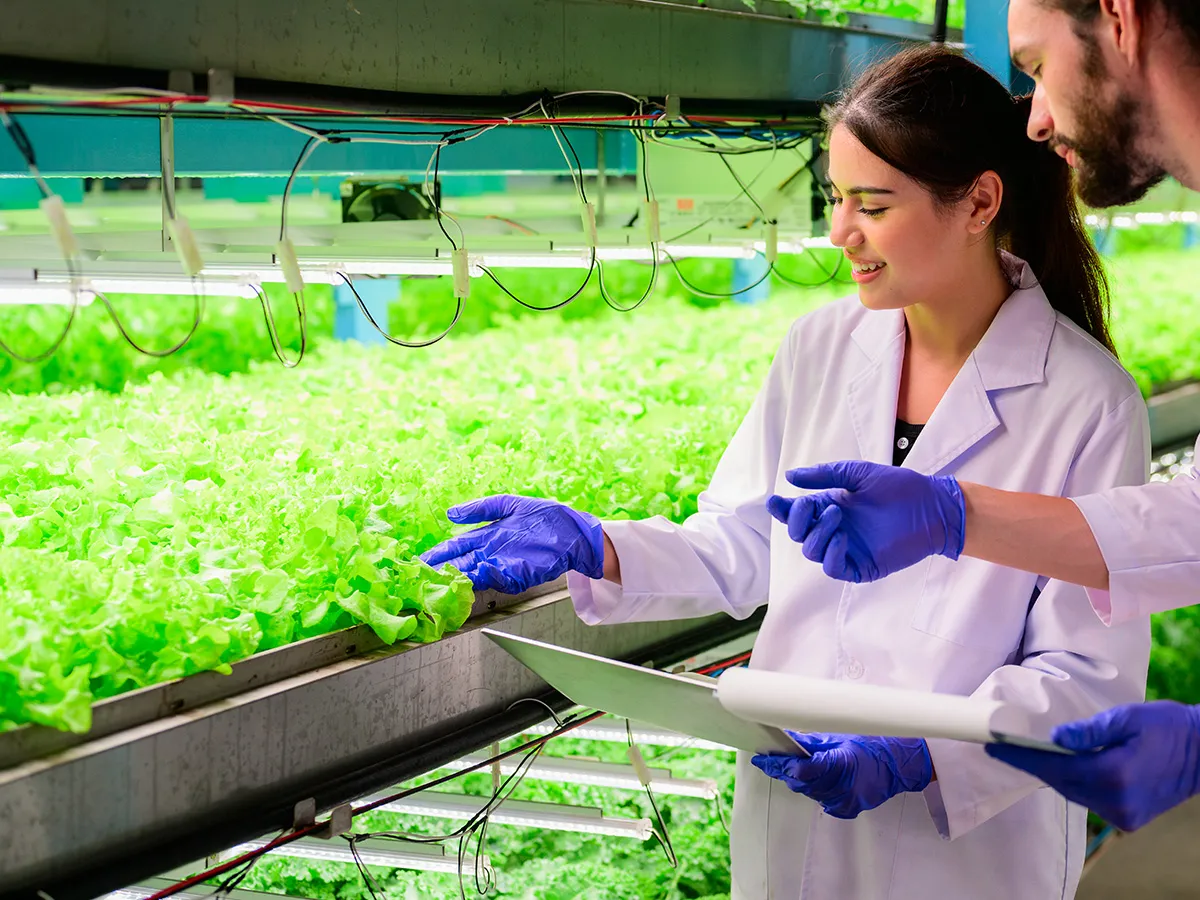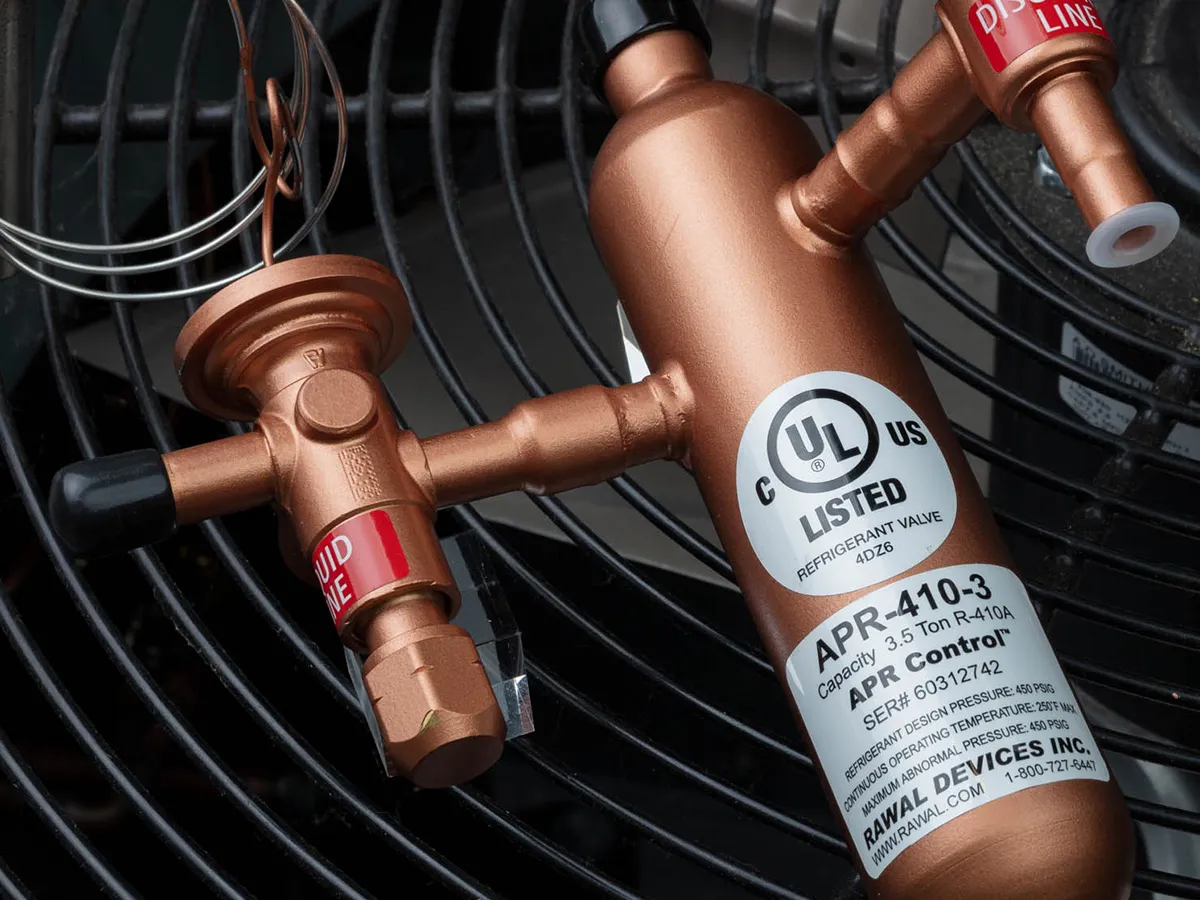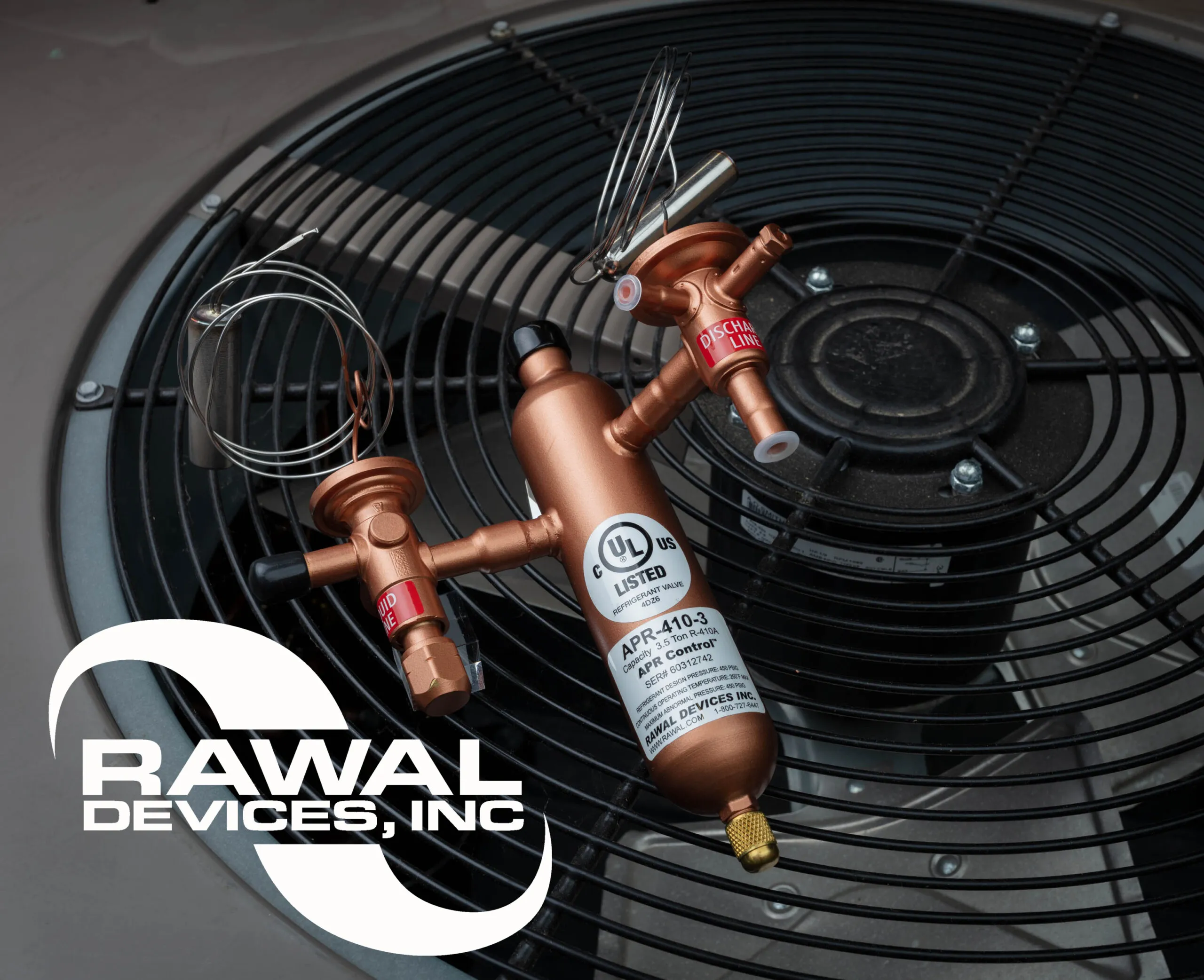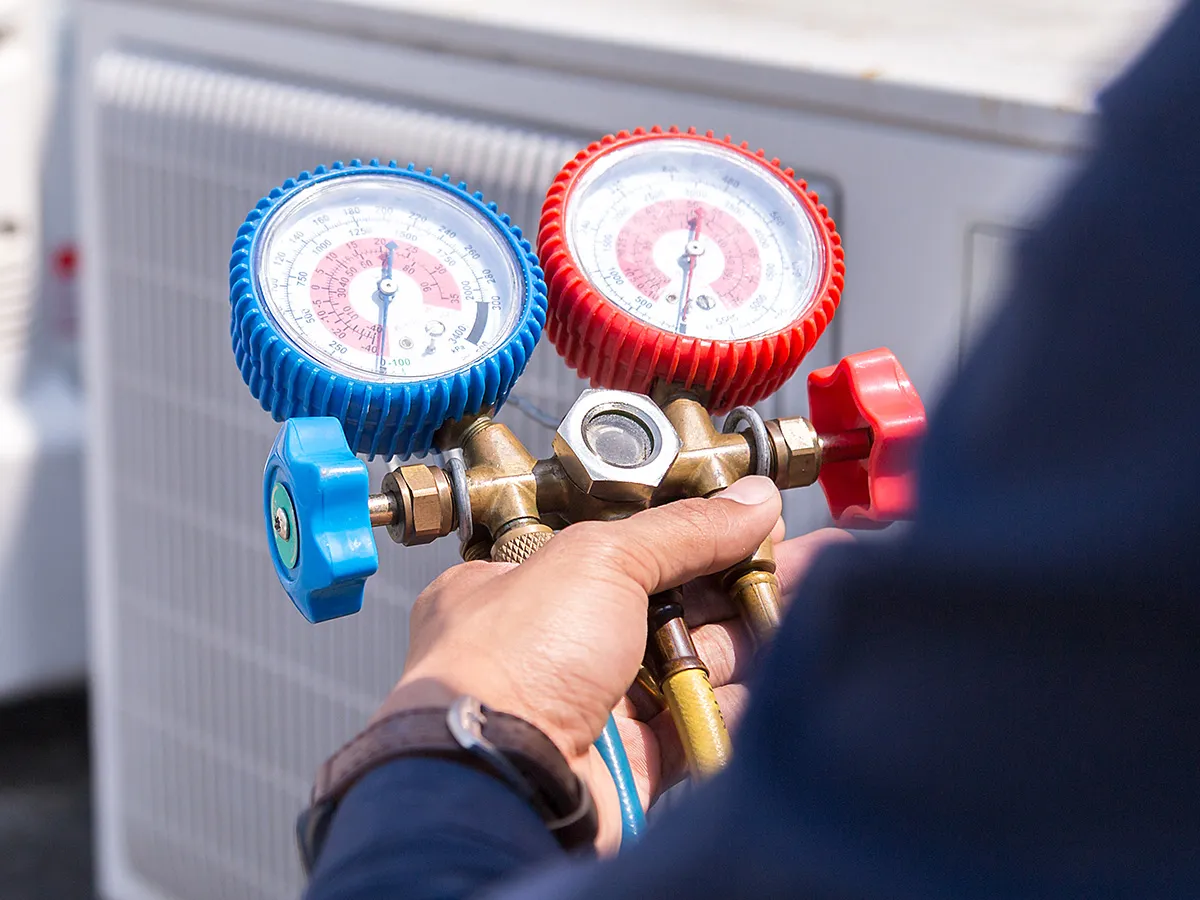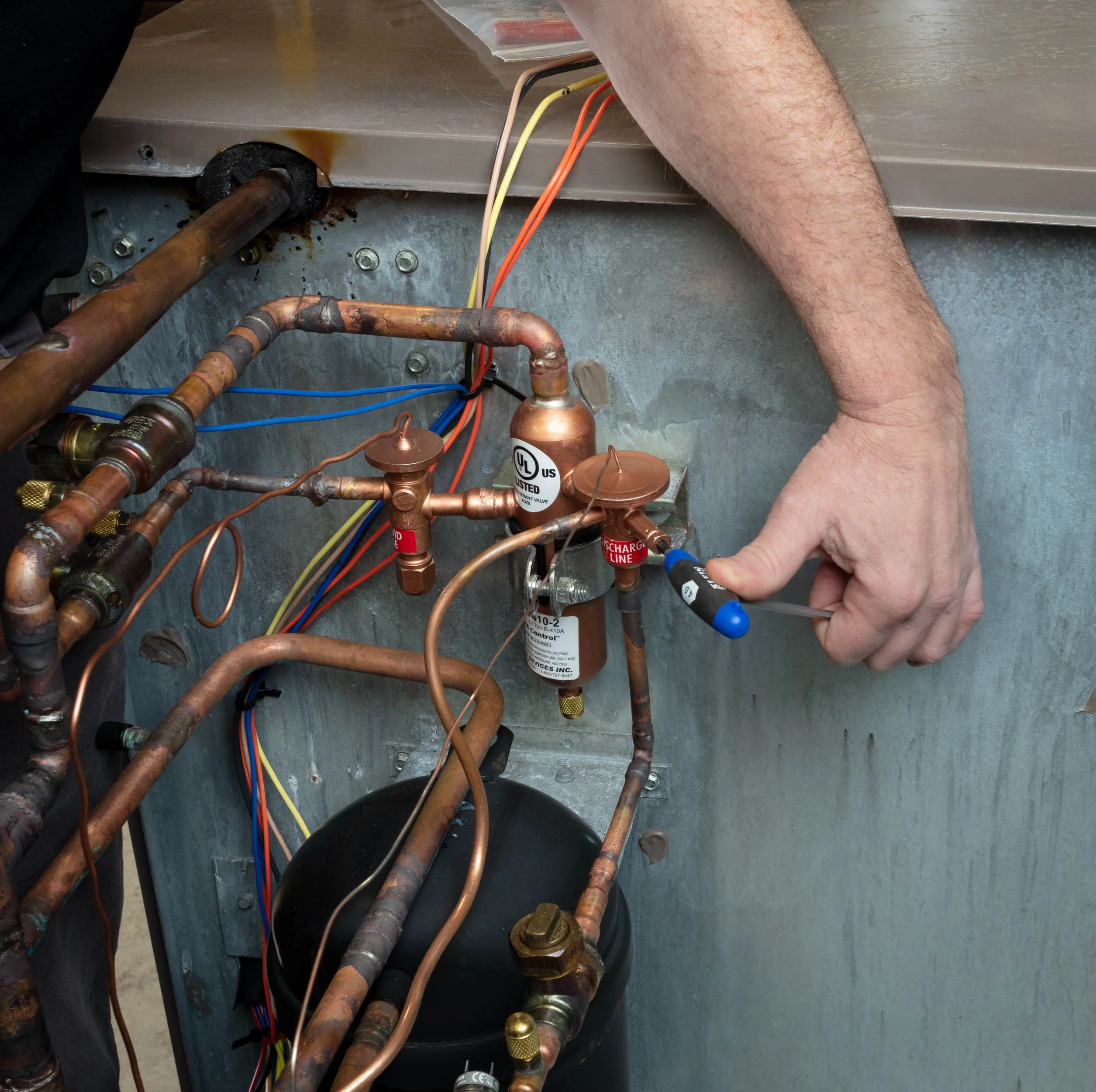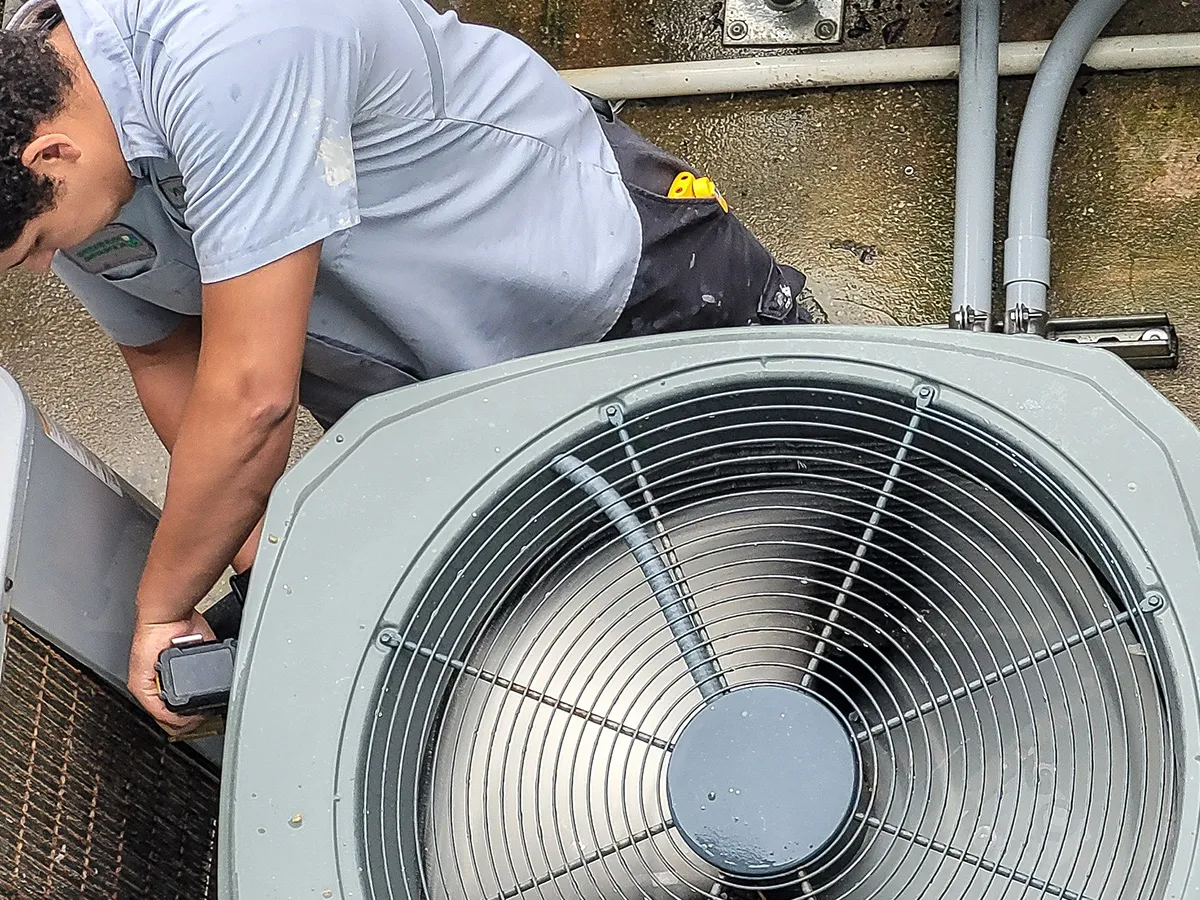Challenges abound in farming cannabis just as they do in any cultivation environment. Unique to the cannabis industry is the fact the industry is under a regulatory “magnifying glass.” As more and more states approve medicinal cannabis for patients, additional states are decriminalizing recreational use of cannabis, and yet other states are approving retail farming to sell cannabis to the general public. The Food and Drug rules and regulations for growing cannabis are extensive to protect consumers’ health and support decriminalization.
Before growers even plant a seed, they need to adhere to intense regulations including permits and licenses, special regulations for producing medicinal products, properly training laborers to maintain the grow standards, protecting laborers from the crops, and understanding pesticide restrictions and following guidelines for pest prevention. The harvest undergoes even stricter compliancy regulations for consumption approval.
Project Objective:
Meeting Grow Room Environmental Control Challenges
Cannabis farming is a rapidly growing and extremely profitable industry that poses many challenges. Too much humidity in the grow room environment can cause disaster ranging from contaminated products to poor nutrients in the crops.
A major component for maximizing production and ensuring the highest quality and safe product is by providing and mastering the ideal growth environment. Critical to this optimal environment is utilizing a properly sized and precisely controlled HVAC system. While experts in the air conditioning industry understand the rigid demands for grow requirements, they are not completely clear on which specialized HVAC equipment will provide optimal grow room conditions. The equipment configuration and scope of operation is still in a phase of experimentation. This rapidly changing farming industry has yet to settle on an HVAC standard. In this area there is still much to learn. Farming indoors in a controlled environment introduces new heightened challenges. The wrong grow room conditions can support a breeding ground for contamination.
First time indoor growers often fail to recognize the importance of the HVAC system. Unfortunately, the grower learns the hard way after losing yield and may end up spending more money on the equipment when redesigning with a specialized HVAC system. Requirements for HVAC systems extend beyond controlling ambient temperature with the thermostat. The grower must consider the optimal lighting fixtures, dehumidification systems, and external environment. All of these affect internal grow conditions and impact the changing load requirements. The grow room is an ideal application for Rawal Devices’ valves. There are two offerings: the APR Control mechanical valve and the APR-E electronic valve.
Using the Rawal APR Control could save much aggravation, time, and money. This creates an optimal environment for plant growth with responsive load changing modulation to help yield top quality crops.
Understanding Dynamic Grow Room Challenges
Conditional grow requirements are constantly shifting as they change with the stage of plant development. The facility must keep up with the precise grow requirements to avoid losses from excess humidity. Growers are constantly battling for the perfect amount of moisture. Mold has a significant opportunity for growth in this indoor environment. The room’s load profiles can shift in a very short period due to the lighting schedule and plant development. In fact, grow room facilities have more exacting criteria than most operating rooms and laboratories! It is critical that the precise grow conditions are maintained through-out all load changes. Mold-contaminated medicinal cannabis can cause extreme illness or death to highly susceptible patients and, ultimately, cannot be sold!
Contaminated medical products can cause great harm to people. In 2012, a pharmaceutical compound laboratory in Massachusetts failed to maintain proper conditions for producing their steroid treatment. As a result, more than 60 deaths occurred nationally caused by meningitis and over 700 people became ill from this tainted medicine, resulting in criminal and civil charges against lab employees and management.
Maintaining the precise grow conditions are extremely challenging, if not impossible with a standard DX air conditioning system. The indoor grow environment undergoes constant load changes and specifically these rapid changes affect the sensible to latent heat ratio. Unmodified DX equipment is unable to adapt to these rapidly changing conditions without adversely affecting the indoor environment. For example, a simple change to the lighting schedule during the flowering cycle greatly affects the load conditions. When the lights are on, the sensible to latent heat ratio is comprised mostly of sensible heat entering the evaporator. At this point, there is a demand for DX cooling.
When the lights go off, there is an immediate shift in the sensible to latent heat ratio, and the latent heat load is comparatively higher. The lights are no longer generating sensible heat and the demand for DX cooling is diminished. However, moisture is still in the air and it needs to be removed to maintain the proper grow conditions. Additionally, the plants are releasing water vapor into the air. They are acquiring water through their roots from the soil and transferring moisture to the leaves, which is then released into the air.
Engineered Solution:
The APR Control or APR-E Valve Offers a Unique DX Humidity Control Solution
Cannabis farming is a rapidly growing and extremely profitable industry that poses many challenges. Installing the APR Control can help prevent damage to the crop by seamlessly adapting to these drastic environmental changes, without excess cycling of the DX compressor and thus protecting the HVAC system from failures.
The APR Control can modulate to adapt to the load profile coming across the evaporator coil, in real-time. This ability to load match perfectly and proportionally to widely varying and rapidly changing loads allow DX systems to adapt to any changes that occur throughout the stages of plant development. Integrating the APR Control into your HVAC system results in reliable and stable operation of the DX component of the grow room environmental management system.
The utilization of the APR-E Valve can provide controllable discharge air to manage dewpoint in response to the Vapor Pressure Deficit (VPD) of the plants. Having the ability to control discharge air of a standard DX system as part of your control scenario for maximizing plant yield is vital for grow room success.
CONCLUSION
The Rawal Devices allow you to better manage exacting conditions of the grow room environment throughout the stages of plant development for producing high yield and quality plants. The use of the APR Control or the APR-E Valve in your standard HVAC system can meet the needs of the new grow room market to keep initial cost down, as well lowering operating cost. Modulating capacity of your DX system can help match room requirements, reduce reheat needs, manage humidifier output, and provide consistency to any space with tight humidity requirements demands.
Rawal Devices, Inc. can be reached at 800-727-6447 to assist with your oversized air conditioning challenges for New and Retrofit Air Conditioning Applications.
